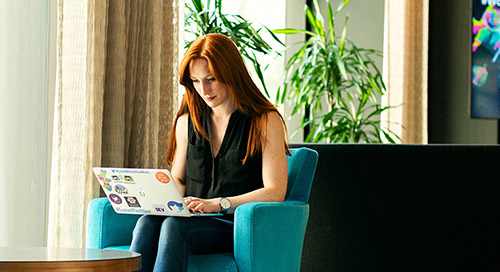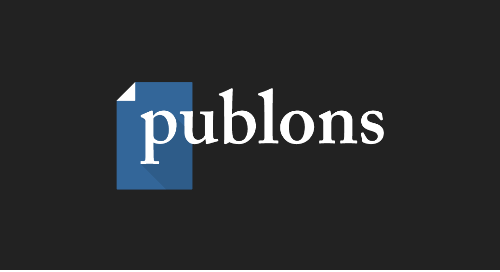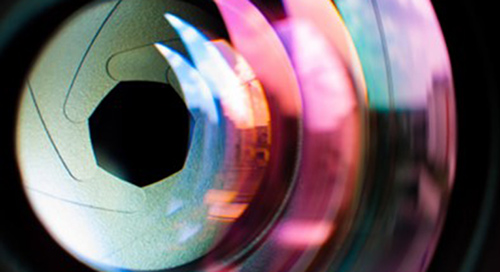better-peer-review
Introducing the Better Peer Review Self-Assessment
The Better Peer Review Self-Assessment is designed for you if you’re a member of a journal team. It focuses on how you deliver your research publishing service to researchers, and on five essential areas of practice: Integrity, ethics, fairness, usefulness, and timeliness. (You can read more about our essential areas in our peer reviewed, open access article here).
The Better Peer Review Self-Assessment is a service for you and your team members so you can reflect on your entire peer review publishing process, including and extending beyond the act of peer review itself.
The Better Peer Review Self-Assessment gives you feedback. That feedback helps you and your team to contextualize your evaluation of your own practices with those from your peers in other journal teams.
The Better Peer Review Self-Assessment helps you to identify and celebrate where you are doing brilliantly. It offers you advice on how you might consider making improvements when you decide they will be beneficial.
What do we have to do now, to get started?
Just send us an email. We’ll share a link that will take you directly to the self-assessment. Please, email the Better Peer Review team at betterpeerreview@wiley.com now, and we’ll be in touch directly. More information to help you understand what it’s all about is below.
What do journal teams need to do?
The Better Peer Review Self-Assessment asks you 50 questions each with 2 parts. It takes most people less than an hour to complete.
| "This will influence how people think about peer review" | |
| Emily Brown, Associate Managing Editor, Wiley, on the potential impact of the Self-Assessment on peer review. |
It's a self-assessment: You’re completely in charge.
So, if you like, you can get ready with your team by looking at the questions first and collecting what you’ll need to complete the self-assessment later. That might be a good idea—for some of the questions you’ll need insights that particular team members will find easier to share (for example, depending on how you structure your team, the managing editor, editorial assistant, editor-in-chief, specialty editors, and publisher will likely each have insights that will help).
But if you prefer you can do your self-assessment yourself first, then take your initial results to your team, work on those results, and then do it again to get new results.
And last, it’s not an exam, it's a self-assessment. No-one is judging your responses. One last time: You're in charge!
Scroll down for instructions on how you can get access.
What do journal teams get?
We’ll give you three things as part of your Better Peer Review Self-Assessment:
| Think and Reflect |
| You’ll get the chance to reflect, compare, celebrate, and improve via the Better Peer Review Self-Assessment. |
| Immediate Feedback |
| You’ll get immediate on-screen feedback, plus an immediate record of your answers in an email. |
| Quartile, Badge, Analysis, Tips |
| Later, you’ll get an email with your Better Peer Review Self-Assessment Quartile, Badge, Data Visualization, and Key (with hints and tips for you to use if you decide you want to make improvements). |
How do we know it works?
We built the Better Peer Review Self-Assessment on carefully laid foundations.
First, we collected 40 case studies from journals like yours, illustrating better peer review in each of our five essential areas: Integrity, ethics, fairness, usefulness, and timeliness. Colleagues shared these with us in September 2017 and wrote them up and pre-printed them in April 2018.
Second, we built an early version of the Better Peer Review Self-Assessment and tested it with 16 colleagues in three workshops in October and November 2018. We used what our colleagues shared to make it better.
| "I’ve used my badge to talk with my editor about changes …she’s been really enthusiastic" | |
| Hannah Wakley, Managing Editor Wiley, had a very enthusiastic response from her editor. |
Third, we submitted our work for peer review, and published it open access in Learned Publishing in January 2019 in the article “What Does Better Peer Review Look Like?”
And last, we launched our two Better Peer Review Self-Assessments: Version 2.0 for people with a Wiley login (which went live in December 2018), and Version 2.1 for scholarly societies and people without a Wiley login (which we added in January 2019).
In the 4 months since then, we’ve received great feedback. Journal teams publishing in many research disciplines had completed self-assessments for 115 journals by the end of March 2019. They rated the experience with 3.61 stars out of 4 for usefulness. And they shared much positive feedback:
- “This was a really useful exercise to conduct on my journal. It was apparent that much of what we expect from our authors and reviewers is implicit. We should provide clearer guidance and direction to authors and reviewers to ensure a better, more consistent, and more transparent peer review process for everyone.” Leah Webster, Wiley
- “It was enlightening.” Brian Collins, Wiley
- “It made me think of journal policies from a different point of view.” Sam Moore, Wiley
You can read more about the whole Better Peer Review project at Wiley here:
- What does better peer review look like? Underlying principles and recommendations for better practice
- Integrity: An Essential Area for Better Peer Review, Part 1/5
- Ethics: An Essential Area for Better Peer Review, Part 2/5
- Fairness: An Essential Area for Better Peer Review, Part 3/5
- Usefulness: An Essential Area for Better Peer Review, Part 4/5
- Timeliness: An Essential Area for Better Peer Review, Part 5/5
- What is Better Peer Review? A Summary of Five Essential Areas








